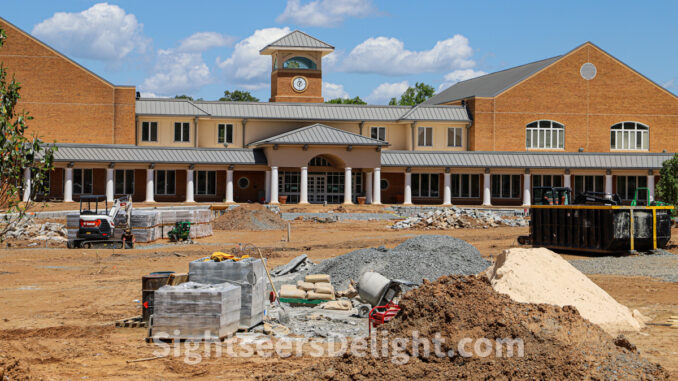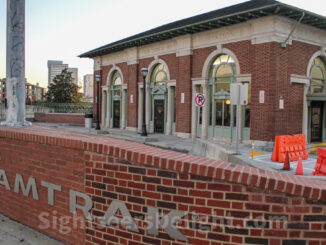
(The Center Square) — Georgia cities routinely invest millions in redeveloping their downtowns, but how do taxpayers know whether they’re receiving the most for their tax dollars?
“Development is in everyone’s best interest when it can be closely correlated with the dynamics of a local neighborhood economy,” Starling Childs, co-founder, CEO and head of product at Ginkgo, a neighborhood intelligence platform, told The Center Square via email.
“In order to measure the success of a project, be it residential, mixed-use or some other type of development program, local organizations can look beyond the occupancy and use of the actual project,” Childs added. “Instead, they can seek out indirect indicators that relate back to ROI overall for the neighborhood, such as increased transactions at surrounding businesses or a lower vacancy rate in surrounding storefronts.”
Cities across Georgia routinely allocate millions of dollars for redevelopment projects. However, in speaking with The Center Square last year, Smyrna’s economic development director said its decision to spend $15.8 million to buy a church property as part of an update to the city’s downtown “may or may not give a financial ROI in a 10-year timeframe.”
“There are key distinctions between developments undertaken by investors and those undertaken by a municipality or other public body — namely whose dollars are at stake,” Benjamin R. Dierker, executive director of the Alliance for Innovation and Infrastructure, told The Center Square via email.
“While supply can create its own demand, such as newly developed buildings and parks, it is important for governments to conduct robust demand and feasibility studies before making any investments,” Dierker added. “Amtrak ridership serves as a cautionary tale of expected future demand from public investment. If demand and usage does not meet expectations, private investment does not harm taxpayers.”
Dan Biederman, president of Biederman Redevelopment Ventures, has seen first-hand how redevelopments can work. His consulting firm creates, redevelops, and operates parks, public spaces, and neighborhood streetscapes in 36 states and seven countries.
Biederman points to his efforts to overhaul New York City’s Bryant Park as an example of how private partnerships can help revitalize an area.
In the late 1980s, real estate around Bryant Park went for about $25 to $28 per square foot “because nobody wanted to be in the neighborhood.” After the overhauled park reopened in the early 1990s to rave reviews, real estate in the area increased to about $100 per square foot — in an era that Biederman said midtown Manhattan rents were not increasing.
“Government will misspend the money generally,” Biederman told The Center Square. There are often “too many handouts to interests that are not devoted to the one most important thing, which is improving the neighborhood. Generally, our costs in doing all of this improvement [may seem] like we have a lot of money; we have a huge impact for not all that much money.”
While governments can invest millions in redevelopments, success is often measured by how many people the updated area attracts and, perhaps more importantly, the tax revenues it helps generate.
“Another key consideration is walkability and transportation availability. You could consider this as the ‘user experience’ factor,” Dierker added. “A beautifully redesigned area isn’t as functional if users can’t easily navigate around it. This may require engagement of road architects and city planners to ensure any new bike or bus lanes add to functionality rather than create unanticipated congestion.”
This article was published by The Center Square and is republished here with permission. Click here to view the original.





